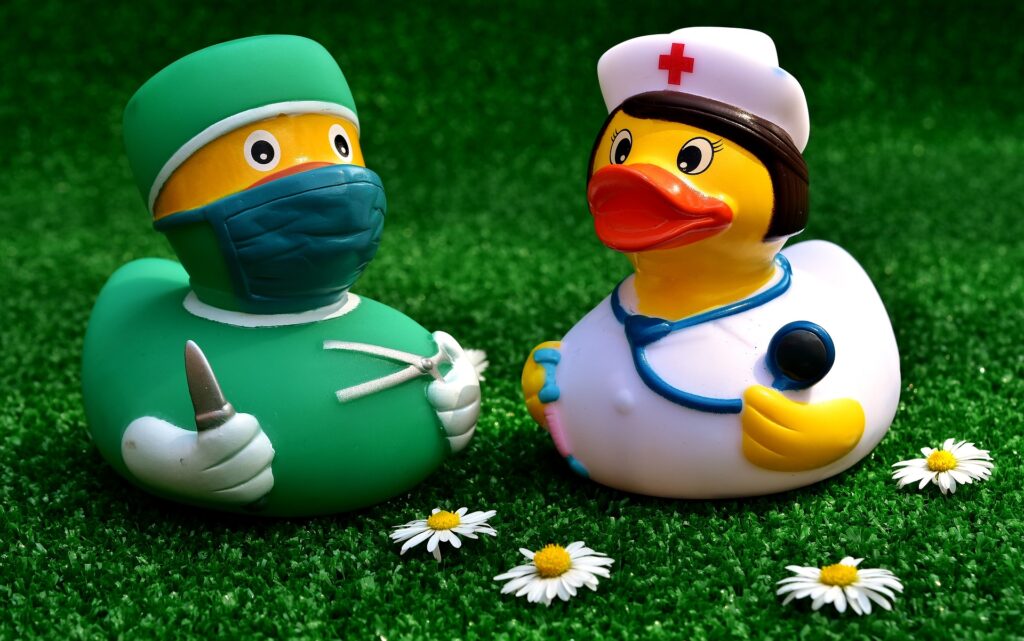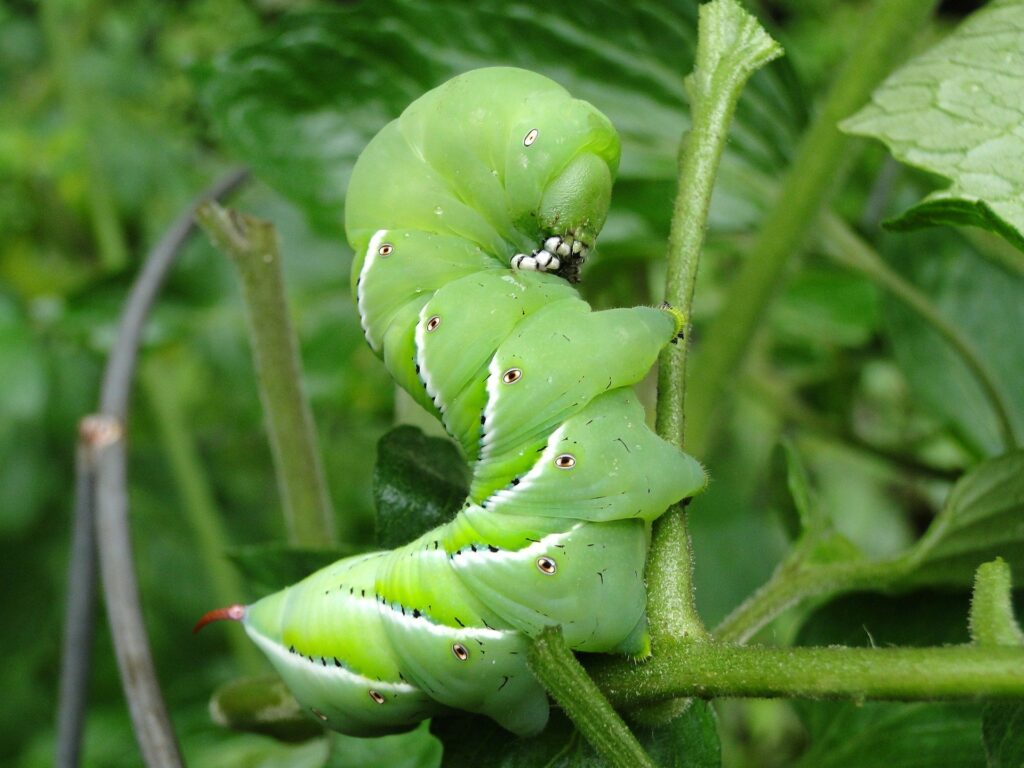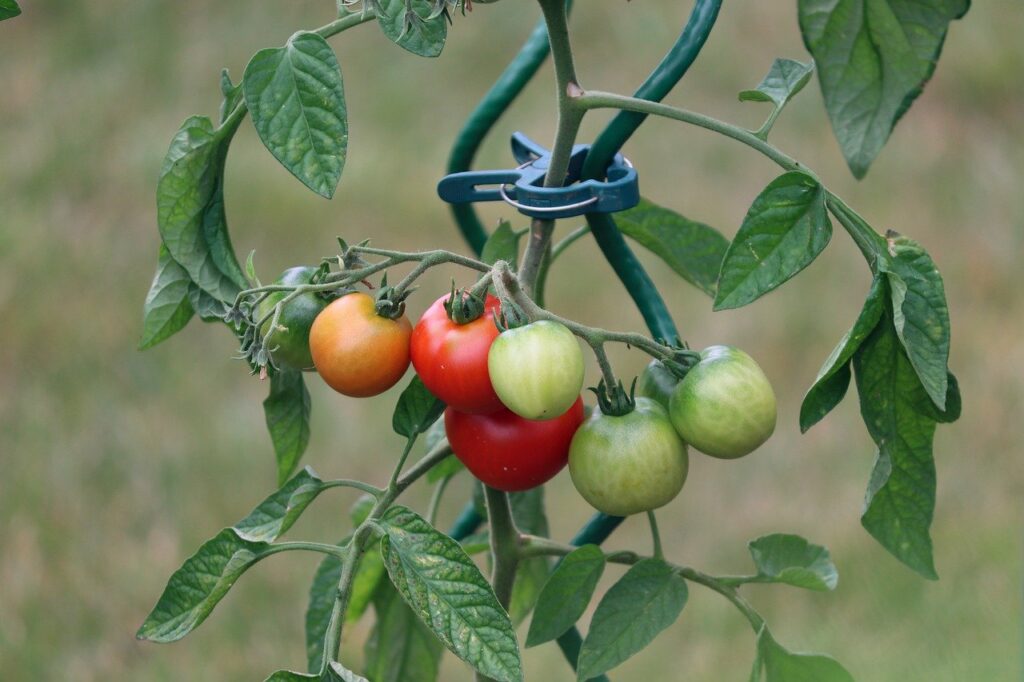
Now that we have our tomatoes planted and growing, let’s consider tomato care. That would be watering, feeding, staking, pruning and disease control.
Watering: The first and probably most important consideration is watering. Tomatoes require regular, consistent watering—infrequent, but deep is the best. The amount should equal about 1” (including rainfall) of water per week for in-ground. More frequent, daily or even twice daily, is needed for container tomatoes.
Water directly to the root zone; soaker hoses are ideal. Water early in the day and keep water off the foliage. This allows plants to dry off before nightfall which helps prevent the spread of disease.
Mulch to retain moisture. Mulch also helps prevent soil from splashing on plants. This limits diseases since many are soil borne.

Feeding: Next the plants must be fed. You should have fertilized when planting; the next time is when the plants start flowering. Then wait until the fruit is about golf ball size and fertilize again. After that, lightly fertilize every couple of weeks. Generally, a balanced fertilizer like 10-10-10 is better than a high nitrogen one which encourages lush green plants with fewer fruits. Three things to remember: Keep fertilizer off the leaves. Water deeply before planting. Compost is your best friend.
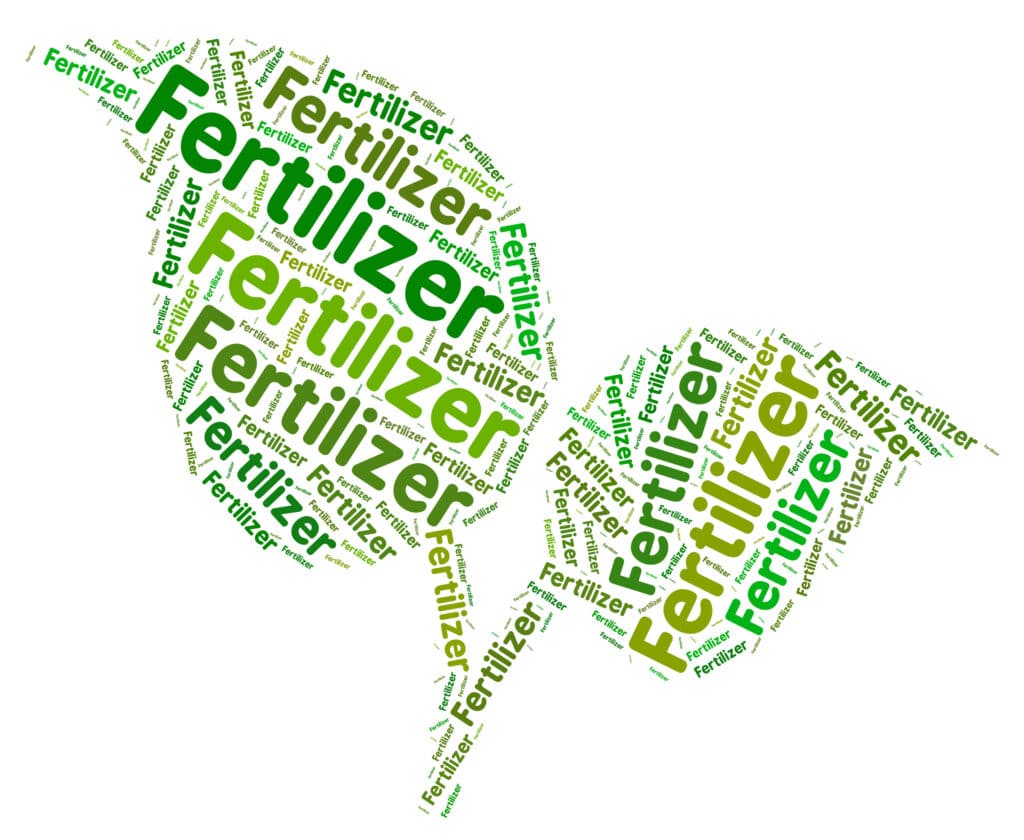
Staking is important for many reasons. See the accompanying article in Beth’s Corner on how to do this.
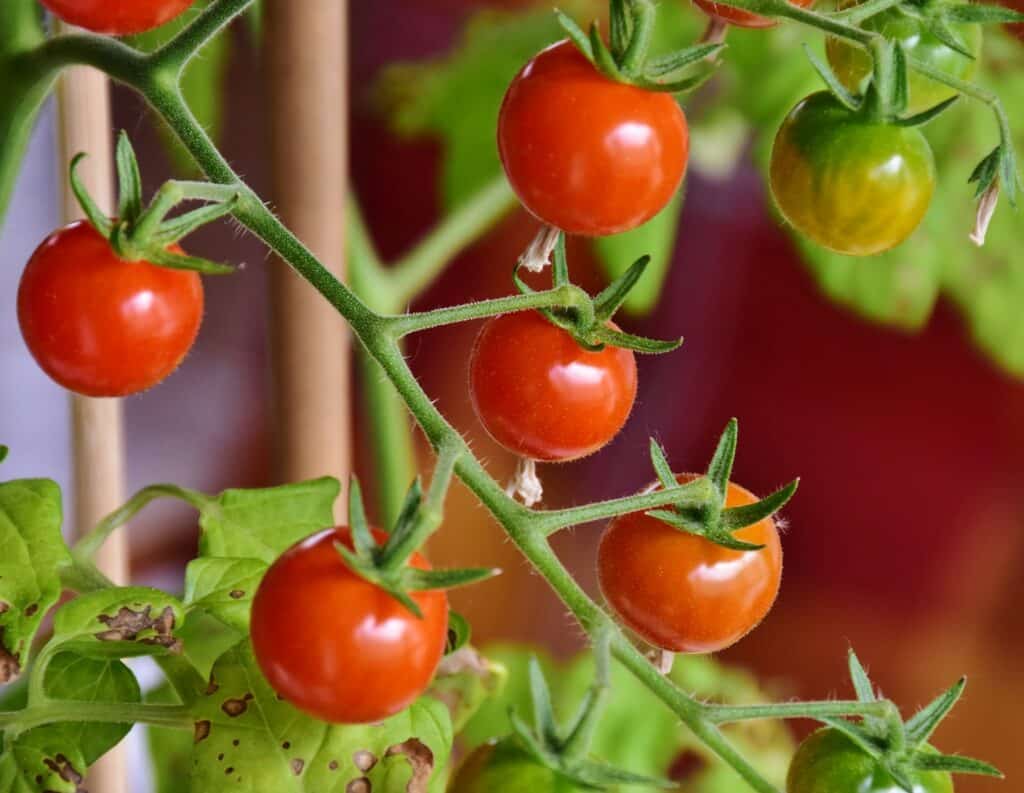
Pruning is useful for production and disease control. First prune was done when planting by removing all leaves up to the last layer or two. Next, when plants begin to bloom remove all leaves below that first bloom. Finally, as plants grow suckers can be removed. Suckers are a smallish shoot that grows out of the joint where a branch on the tomato plant meets a stem. They don’t harm the plant, but especially on indeterminates they can cause the plant to get out of control, becoming too dense and disease prone. But don’t remove too many. They help nourish the plant and provide shade for the fruit, preventing sunburn.
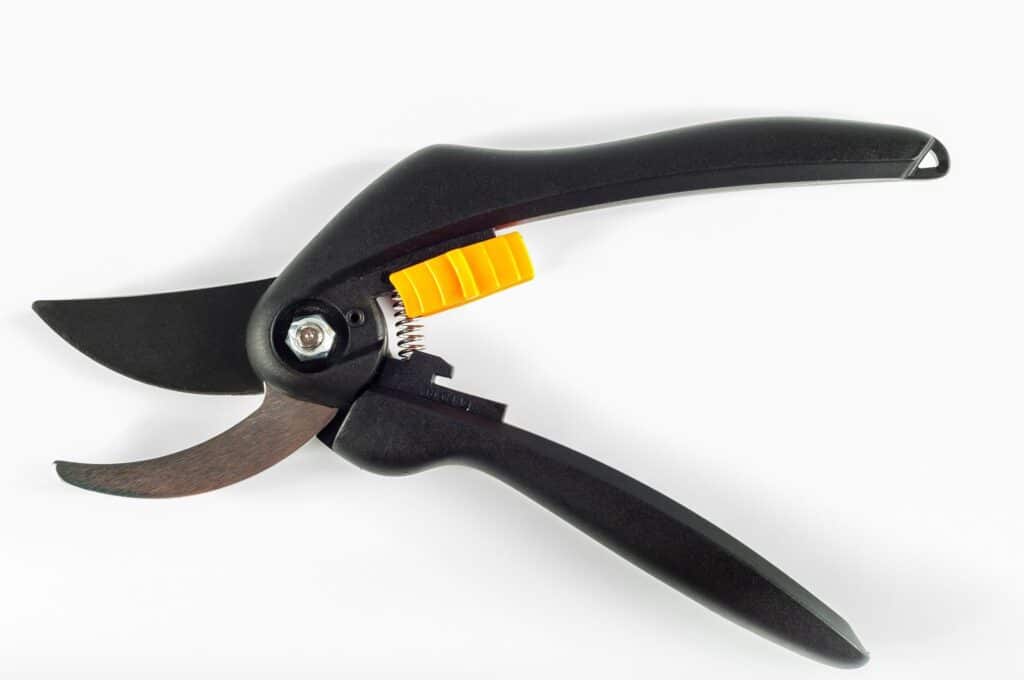
Disease must also be taken into account. Prevention is best so start by staking your tomatoes.
Blight, both early and late, are fungal diseases that have been very prevalent lately. You see the signs in the leaves (target-shaped ring spots-early; irregular blotchy spots-late). Dark black with light centers in the leaf centers indicates leaf spot, another fungal disease.
To help control these, you need to remove the affected leaves and control the environment to prevent excessive heat, moisture and crowding. There are some chemicals, including organic, that can be safely used but they must be started early.
Blossom End Rot presents as black leathery spots on the bottom of the tomato where the blossom was. Many people know this is often cause by lack of calcium. But that doesn’t mean the soil was deficient. It is most often caused by too much nitrogen or irregular water uptake which prevents calcium uptake. The lesson here is to fertilize properly and to water deeply and regularly.
Remember an ounce of prevention is worth a pound of cure. Care for your tomatoes and you will be rewarded.

